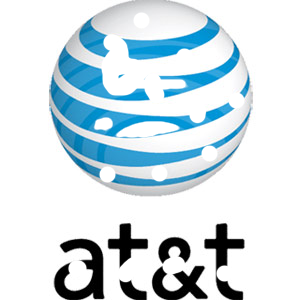
Everywhere you read about technology, the chief complaint about AT&T seems to be its dropped calls in big cities. And while that’s a very valid complaint and all, AT&T has a much bigger problem on their hands.
It’s their coverage map.
Ask any AT&T rep about their 3G coverage, and one who is well-versed in bull-shittery will quickly point out that AT&T’s 3G network reaches 75-80% of the US population. Wow, you think. That’s pretty reasonable.
Unfortunately, that’s just a really flattering interpretation of a pretty lousy 3G footprint. Much of the US is crammed into some super densely populated areas, so you can reach 75% of the US population without covering much land. And maybe if you live in a large city that is blanketed in AT&T 3G, it’s not a big deal to you that 3G isn’t available out of your bubble.
However, when you pay your inflated wireless bill, you’re paying for a nationwide wireless network. You’re paying for a promise that you can go out to these far out places and have some coverage. You’re paying for a promise that you can be traveling down a highway in a place you don’t know and call up a friend for directions because you’re lost.
But that’s not really something you can do with AT&T, because they just don’t put forth the effort.
I live in the Madison area, and I often travel to Iowa via 151, which is a four lane highway all the way into Iowa. If I made a phone call starting when I got on the highway and tried maintaining a call all the way into Iowa, my call will drop several times, because the towers are spaced too far apart.
But to AT&T, this is acceptable. After all, why put the money into an area that isn’t very densely populated? After all, it doesn’t give you much of a return, so why bother having it there for customers to use?
Again, it all comes back to the promise of a nationwide network. When you’re paying your bill, you’re not just paying for infrastructure in the area your billing address is. You are paying for a network to be there when you happen to be on this random road and you break down. You’re paying to have service to make calls when you’re staying at a friend’s house in some podunk town.
For sure, AT&T needs to address the issues in its big cities. And they can afford to do so, because they have a lot of subscribers per square mile. But they also need to start taking more rural areas seriously. Even EDGE coverage is acceptable here (though they could put up 3G towers and make a handsome profit selling internet service to people out in the country), but there needs to be some coverage. Verizon has AT&T beat by a long shot, and their network is 3G across the board. And if AT&T wants to keep customers like me, they’re going to have to put forth the infrastructure, or I’m leaving in 2012 when Verizon LTE iPhones are available.
Leave a Reply